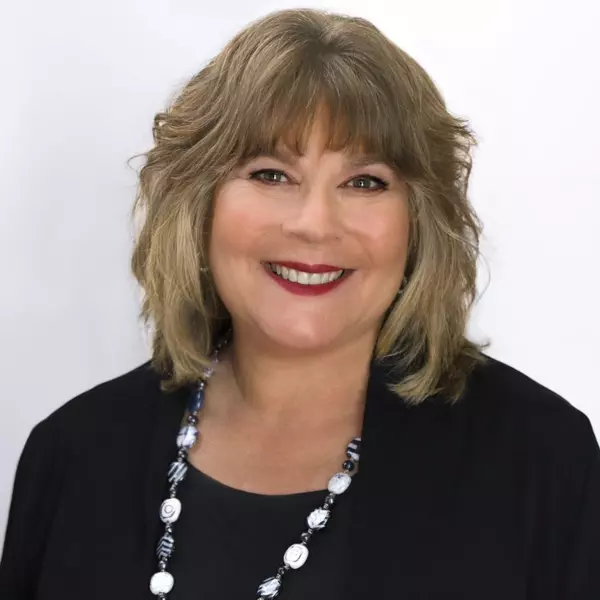Photographer Thomas Mangelsen remembers his friend Jane Goodall


Thomas D. Mangelsen will always remember world-famous primatologist Jane Goodall as a kindred spirit.

“There will never be another Jane Goodall,” said the 79-year old wildlife photographer and conservationist, who lives near Yellowstone National Park and whose work is showcased locally at Images of Nature Gallery in La Jolla.
“All of us who were close to her are committed to ensuring her legacy doesn’t fade away. She was an incredible human being and worked so hard for everyone else. We need to carry on her legacy of helping the Earth and protecting wildlife.”
The wildlife photographer and conservationist said that his friend’s legacy includes many humanitarian pursuits.
“She was a lot of things,” said Mangelsen. “Obviously, she was an incredible scientist with her long-running study of chimps. As an anthropologist and animal behaviorist, she was so passionate – and compassionate – about all wildlife.”
Mangelsen said Goodall had respect for the sanctity of all wildlife. “There were flies on my window and she put a cup over them, and then a piece of paper under them, then took them away and opened the door and let them go,” he recalled.
“From the smallest to the largest – she loved animals.”
Perhaps surprisingly, Goodall’s favorite animal was not the chimpanzee. “Dogs were her favorite animal, not chimps,” Mangelsen said. “That truly was the animal she loved the most.”
Goodall had a dog named Rusty. In honor of her, Mangelsen wanted to name his dog Rusty too. “She told me I could name him Rusty II,” he said.
Mangelsen, who’s photographed lions, tigers, bears and other species in their natural habitats on all seven continents, confessed that he was in awe of Goodall when they first met at book signing in Boulder, Colorado in 1987.
“She was there to receive a lifetime award and was getting that with David Crosby, Graham Nash and songwriter Randy Newman,” he said, adding he was invited to meet her for the first time after that event. He said she came to Jackson, Wyoming, where he has a nature photography studio, a couple of years later.
He said he jumped at the opportunity to connect with her again. “She was such a huge personality and I was such a huge fan,” he recalled.
Mangelsen took Goodall on personal tour of Yellowstone after being told by her she didn’t like crowds or vans. He asked her what she wanted to see. “She said, ‘I want to see all of it,’ then added, “Just as long as you get me back for my flight tomorrow at 9:30 a.m., we’re good to go.”
Mangelsen noted Goodall was appreciative of their private tour of the world’s first national park given that “she didn’t have much time to be in the wild anymore as she was always lecturing, traveling over 300 days a year.”

Pointing out Goodall was “incredibly personable and open,” Mangelsen noted they’d go out on picnics. “She was a vegetarian,” he recalled adding he’d pack a lunch for them consisting of a loaf of French bread, some carrots, celery, and avocado with some dip.
He added they would enjoy their repast while they talked for hours, “opening up about her early life and going to Gombe and working with Louis Leakey, who hired her to study chimps.”
Goodall told Mangelsen that Leakey was interested in her in part because “he wanted scientists and researchers who had no preconceived notions of chimpanzees.”
It was therefore prescient, added Mangelsen, that Goodall went on to find that chimps actually made tools (using grass strips to capture and eat termites), which caused the definition of human to be redefined to include them – “because humans are the only other animals to make tools, and because the genetic makeup of chimps is 2% or less different than humans.”
Carrying on the mission he shared with Goodall of protecting and preserving wildlife worldwide, Mangelsen himself is engaged in a battle with the present administration.

From 2017–2021, the Trump administration pushed several actions allowing and expanding the hunting of bears, wolves, and mountain lions by rolling back protections and transferring management authority to states.
These changes drew strong criticism from wildlife advocates like Mangelsen, who characterizes the practices as cruel and inhumane.
Mangelsen was especially fond of one grizzly bear he followed for years in Yellowstone, dubbed 399, her research number.
Grizzly 399 – as well as her many cubs over the years – was the subject of two of his wildlife photography books. Tragically, she was killed by a car on the road and her cub was lost and has not been found.
“Grizzly 399 was the most famous mother bear ever in the world,” said Mangelsen. “She had 18 offspring, three sets of triplets and one set of quadruplets, very rare for a grizzly. I spent probably three months a year, for more than 17 years almost 24/7, photographing her.”
It’s part of his latest mission: lobbying to protect Yellowstone grizzlies by keeping them on the Endangered Species List in order to prohibit their hunting and preventing their mismanagement, Mangelsen said.
“It’s really wrong to allow hunting of these animals and thus ‘steal’ the opportunity for hundreds of thousands of people to see them in the wild.”
Categories
Recent Posts










GET MORE INFORMATION



